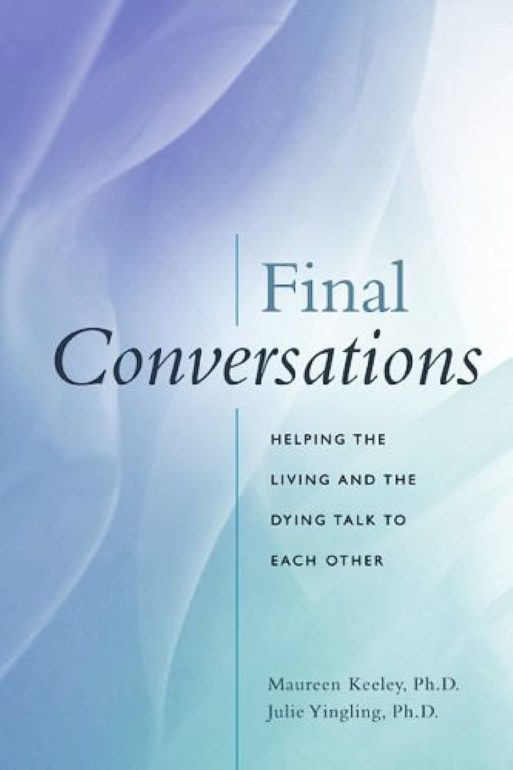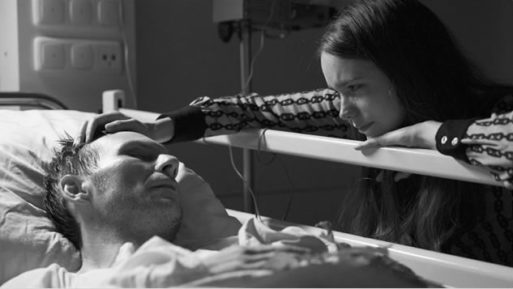 What do you say to your loved one when you don’t know if those words will be the last you ever share with them? Maureen P. Keeley, Ph.D., and Julie M. Yingling, Ph.D. know how complicated and nebulous it sometimes feels to speak with someone who is dying. Their guidebook, “Final Conversations: Helping the Living and the Dying Talk to Each Other,” is aimed toward clarifying the relational dynamics at play so that everyone involved in a final conversation (what they refer to as “FC talk”) can use that precious opportunity to their mutual benefit.
What do you say to your loved one when you don’t know if those words will be the last you ever share with them? Maureen P. Keeley, Ph.D., and Julie M. Yingling, Ph.D. know how complicated and nebulous it sometimes feels to speak with someone who is dying. Their guidebook, “Final Conversations: Helping the Living and the Dying Talk to Each Other,” is aimed toward clarifying the relational dynamics at play so that everyone involved in a final conversation (what they refer to as “FC talk”) can use that precious opportunity to their mutual benefit.
At 234 pages, “Final Conversations” covers a functional range of contexts and dynamics that can arise within or influence FC talk. This book was born from the respective clinical practices of its authors as well as interviews that were conducted with people who engaged in FC with their dying loved ones. The people who were interviewed are referred to as “the Living” and those with whom they engaged in an active dying process are called “the Dying.” The interviews with the Living serve to illustrate real-world examples of the concepts and approaches that the authors recommend for engaging in FC talk.

Credit: runningoutoffantasy.wordpress.com
Each chapter covers a different aspect of what FC talk might include; the final installment offers communication strategies for the Living to engage in FC talk. Particularly helpful topics include anticipatory grief of the Living, and how that may skew relational dynamics with the Dying, as well as how different age groups, including children, teens, young adults and mature adults, tend to engage with the Dying. Other chapters consider scenarios such as witnessing the faith of the Dying; forgiving and healing relationships with the Dying; discussing day-to-day matters within the context of a person’s final days or weeks; and the power of touch, body language, and other non-verbal communication. The last chapter is called “You Can Too: Communication Skills for Final Conversations.”
This book is an excellent resource for anyone who has ever felt awkward, or has otherwise sensed that conversations with those who are actively dying are different from other interactions at other stages of life. Because so many of us in the Western world have had little exposure (i.e. practice) being around dying people during our formative years, and have had few opportunities to witness other people talking with the Dying, this text provides a simple and accessible starting point for meaningful and healing interactions.

 “Final Conversations: Helping the Living and the Dying Talk to Each Other” by Maureen P. Keeley, Ph.D., and Julie M. Yingling, Ph.D
“Final Conversations: Helping the Living and the Dying Talk to Each Other” by Maureen P. Keeley, Ph.D., and Julie M. Yingling, Ph.D


 “Help Me, Helen”
“Help Me, Helen”
 Recovering Cremation Remains After the Los Angeles Fires
Recovering Cremation Remains After the Los Angeles Fires
 “As Tears Go By” by Marianne Faithfull
“As Tears Go By” by Marianne Faithfull














